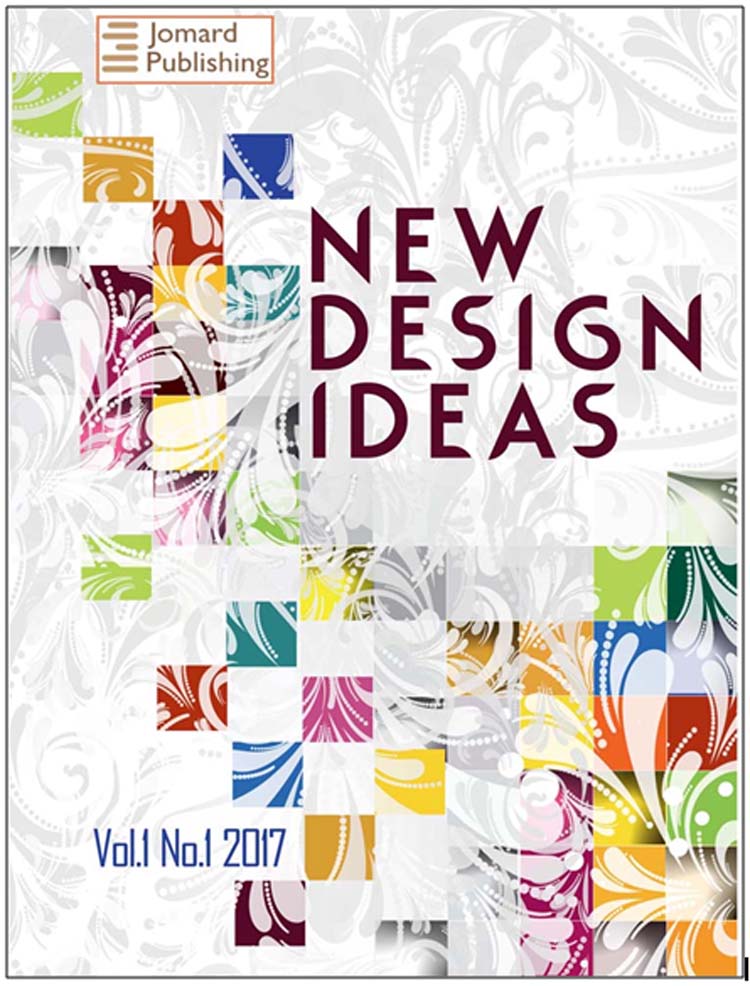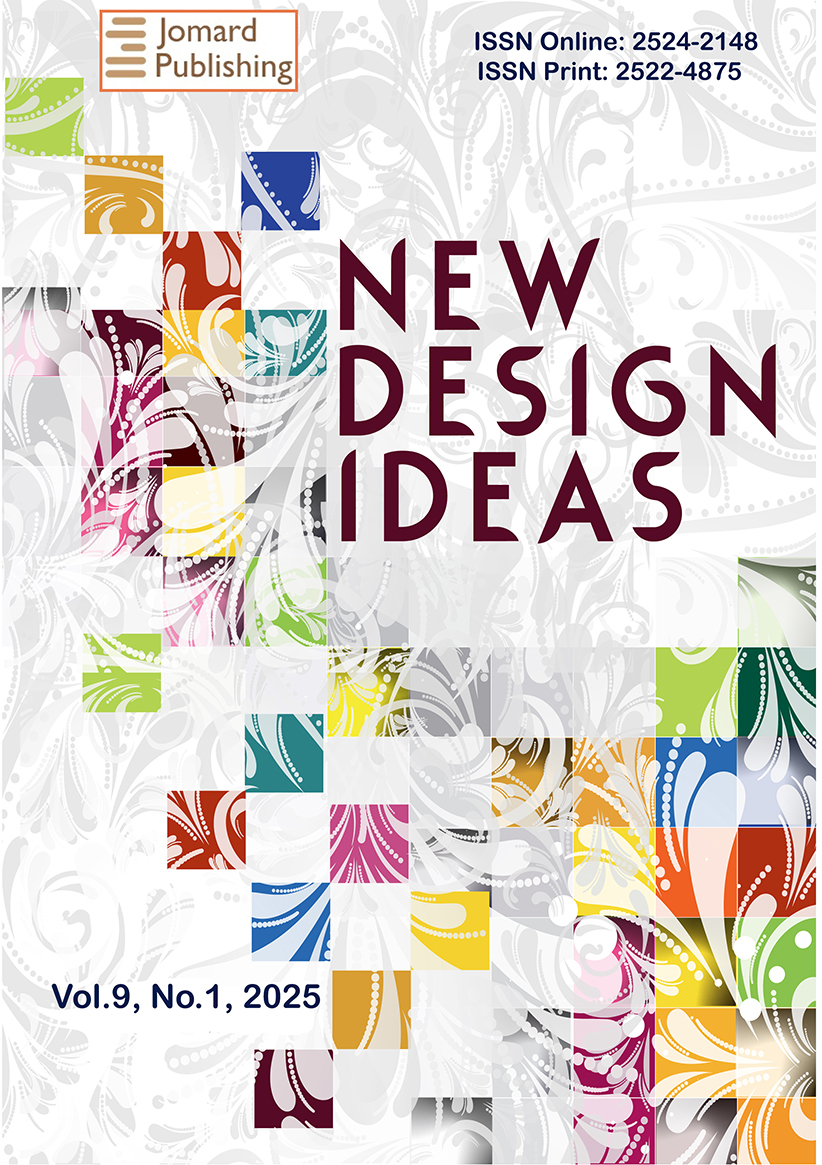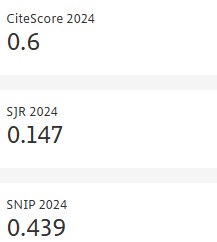EVALUATION METHOD FOR INTELLIGENT KITCHEN DESIGN BASED ON FBS | AHP
- Published: 02-04-2025
Share
Purpose: To improve the deficiencies in the current design process of intelligent domestic kitchens, focusing on user research and design evaluation, this paper aims to enhance kitchen work efficiency and comfort, elevate users’ emotional experience of kitchen life quality, expand the functionality of smart kitchen furniture and optimize the elements of intelligent kitchen design. Method: Grounded in user interviews and observation, this study incorporates the Function-Behavior-Structure (FBS) model and the Analytic Hierarchy Process (AHP) method. Initially, user behaviors and pain points are identified through interviews and observations. Subsequently, utilizing the FBS model’s “Function-Behavior-Structure” mapping, the essential elements of the intelligent domestic kitchens for implementing functions are determined. Finally, the AHP method is employed for a comprehensive evaluation of the discovered functional innovations and system elements, establishing their weight distribution. Results: The integration of FBS and AHP in innovative design evaluation, through the analysis of behavioral pain points, requirement exploration and the process of functional innovation and system element determination, has applied the FBS and AHP design evaluation methods to the demand analysis process of intelligent kitchen design, which enhances the objectivity of decision making of intelligent design, user experience, function design and versatility. Conclusion: This method demonstrates practicality in intelligent domestic kitchens design, providing new perspectives and references for the evaluation strategy of domestic kitchens design.
- View 815
- Downloads 113
- Saveds 0
- Citations (Crossref) 0


